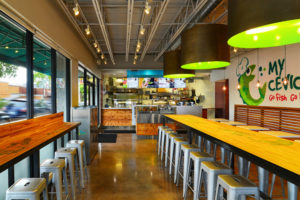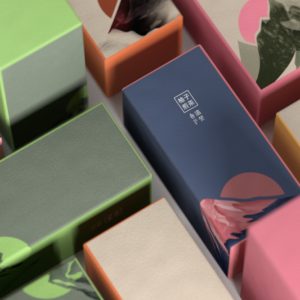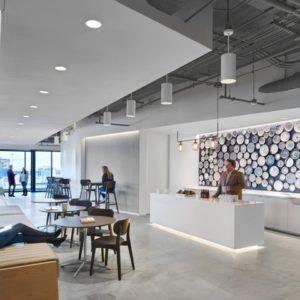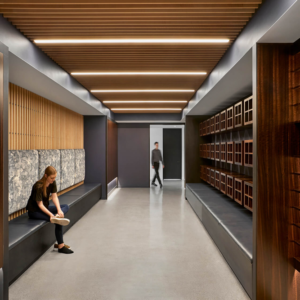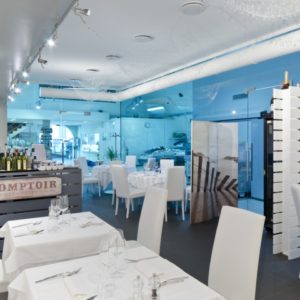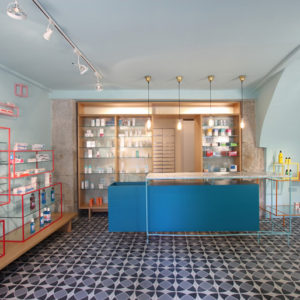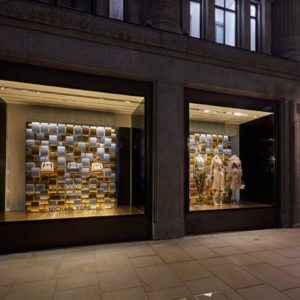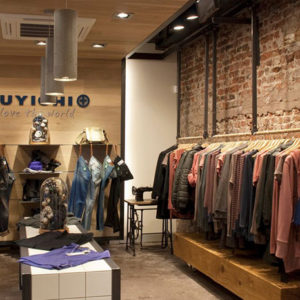


When it comes to aesthetics we firmly adhere to the less is more principle, and it shouldn’t surprise you that Donald Judd [1928-1994] ranks in our shortlist of fav contemporary artists. His sense of minimalism – a term he’d always rejected – was ahead of its time, enlightening even, and has remained relevant to this day. In 1968 Judd bought a five-storey building in Soho for a mere USD 68,000.

Situated at 101 Spring Street, this would become his studio and primary residence. Tt was built and designed in 1870 by architect Nicholas Whyte and is the last surviving, single-use, cast-iron building in the area. 101 Spring Street is where Judd formalized his ideas regarding permanent installation, his philosophy that a work of art’s placement is critical to one’s understanding of the work itself.

The building’s open space and lack of internal walls provided the ideal environment for the placement of Judd’s works and those of other artists that he admired. It’s currently managed by the Judd Foundation. After a three-year restoration, which has gone to great lengths to implement modern technology while retaining the building’s authenticity, it will opens to the public on tue – Jun 18.

Visitors will experience the artist’s home and studio, as originally installed by the Judd, and will be guided through all floors of the home, including the studio, kitchen, and his fifth-floor bedroom. This space features a fabulous wall-to-wall 1970 fluorescent light piece by artist Dan Flavin that extends the length of the loft space. Mind you, Judd installed each floor with pieces from his stellar collection of over 500 objects, including artworks by Jean Arp, Frank Stella, Alvar Aalto, Gerrit Rietveld and Kurt Schwitters.
http://superfuture.com/supernews/new-york-101-spring-street-opening



Add to collection
